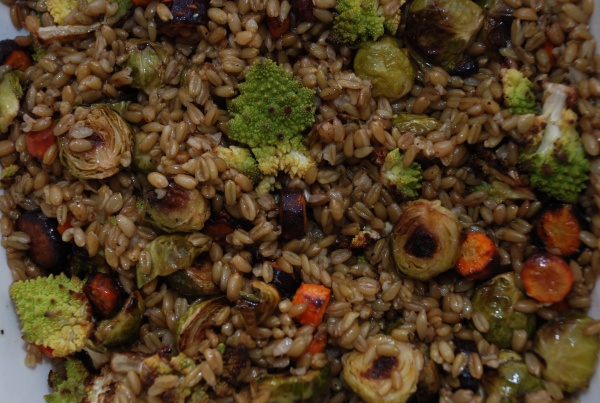Facts About Freekeh
Freekeh, often referred to as farik, is a unique and flavorful grain derived from young, green durum wheat. This ancient ingredient, with roots in Levantine and North African cuisines, remains a cherished staple in many countries around the eastern Mediterranean.
So, what sets freekeh apart? The wheat is harvested while still green and tender. After harvesting, the grains are roasted and sun-dried, a process that imparts freekeh's distinctive taste and texture. The name "farik" actually originates from the Arabic word for "rubbing" referencing the method of rubbing the grains after roasting.
Freekeh has a rich history, even appearing in a 13th-century Baghdad cookbook. Its preparation varies significantly across regions. For example, in Egypt, pigeon might be stuffed with green wheat, while in Tunisia, freekeh is often enjoyed in a robust bone marrow soup. In Jordan, it's common to see green wheat pilaf served with roasted lamb, whereas in Syria, a popular dish features freekeh cooked with lamb, onions, butter, almonds, and a blend of spices.
Nutritionally, freekeh excels among other grains. It's packed with protein, dietary fiber, B vitamins, and essential minerals like manganese. Additionally, even before roasting, the grains are a valuable source of water, carbohydrates, fat, and protein.

 Syria
Syria